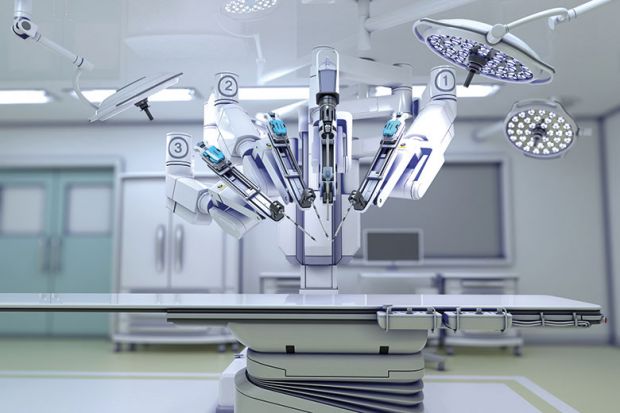Scientific societies play a fundamental role in the science community, supporting researchers, fostering collaborations, and sharing knowledge and resources. Often these societies are governed by senior researchers because of their experience and well-developed networks. However, it can mean that early career researchers, a critical and large part of the scientific community, are not adequately represented or their needs served by these groups.
The Australasian Neuroscience Society, Australia and New Zealand’s leading neuroscience society, recognised the importance of supporting their ECR membership, so it formed new committees and created positions on its council to represent ECRs. As founding members of the international student committee, here is what we have learned.
Starting out
When establishing the committee, it helps if some of those involved have direct experience in similar roles. In our case, our inaugural chair had served as president of a state-wide neuroscience student group. Other members also had experience serving on science-related committees; having this exposure will give the initial members of a new committee some reference points.
In our case, the ANS Council asked potential committee members to self-organise into an informal working group, which then organised an open forum to discuss the creation of the student body at the next society annual meeting.
At this open forum, all student members of the society were invited to raise ideas, concerns, and suggestions, directly with a panel of council members. Based on this forum, interested students elected the committee’s leadership and membership.
The elected committee consists of an executive – chair, deputy chair, and secretary – and non-executive – general representatives from different geographical regions. All positions are two-year terms, but are allowed to be refilled mid-term owing to the fluxes of student life. Importantly, though, the executive members all committed to an uninterrupted one-year term.
Governance
We agreed that our communication methods would be Google Hangouts and Slack and set up a meeting schedule. We then established our terms of reference, which set out all the rules for membership, liability, committee responsibilities, voting procedures, and the objectives of the committee. There are many templates available online. Our ToR were first developed by the committee executive, then shared with the committee, and finally the society’s council.
Once our structure and governance were established, the committee could turn its attention to our primary aim of supporting ECRs. It can be useful to run an online survey to gauge the priorities and needs of the membership base. As tasks were developed, “working groups” were formed based on the strengths and interests of the committee members.
Activities
Key activities included establishing regular communication with the ECR member base of the society. Regional representatives email members announcements or opportunities and communication is strengthened through a quarterly newsletter. Social media platforms such asFacebook and Twitter are used to engage members and promote the work of ECRs.
The committee directly supports members through regionally run events, such as networking days, webinar-based workshops, or ECR conferences. Access to seed funding from the council is beneficial to get events up and running, although it should not be relied on solely. A challenge with hosting regional events is the division of labour and the recruitment of local non-committee members to help share the load.
Aligning and collaborating with established ECR societies is a simple and effective way to provide support and opportunities to the membership base, while advertising the benefits of membership beyond the society. This can take the form of sponsoring ECR awards at local conferences or offering reciprocal/discounted membership registration. Although negotiating these relationships can be challenging and should include input from the council, it provides committee members with the opportunity to develop complex management skills.
A key role of our committee is to host ECR events at the annual scientific meeting, which attracts more than 800 registrants each year. Following feedback from the ECR member base, we organised a combination of social networking and career development workshops. These took the form of a grant and fellowship writing symposium, career options discussion panel, a speed networking evening with senior neuroscientists and a student photography competition.
The task of establishing an international student group of a scientific society to address and support the needs of ECRs was, and continues to be, a learning curve. But getting involved in a society’s ECR committee is a rewarding experience. On a societal level, it provides the opportunity to expand and better support the membership basis. On an individual level, you will learn new skills and expand your professional network, making you more employable both in and out of academia.
Rachelle Balez is the current chair of the ANS student body committee and Tom Burns is the past chair.
Register to continue
Why register?
- Registration is free and only takes a moment
- Once registered, you can read 3 articles a month
- Sign up for our newsletter
Subscribe
Or subscribe for unlimited access to:
- Unlimited access to news, views, insights & reviews
- Digital editions
- Digital access to THE’s university and college rankings analysis
Already registered or a current subscriber?



